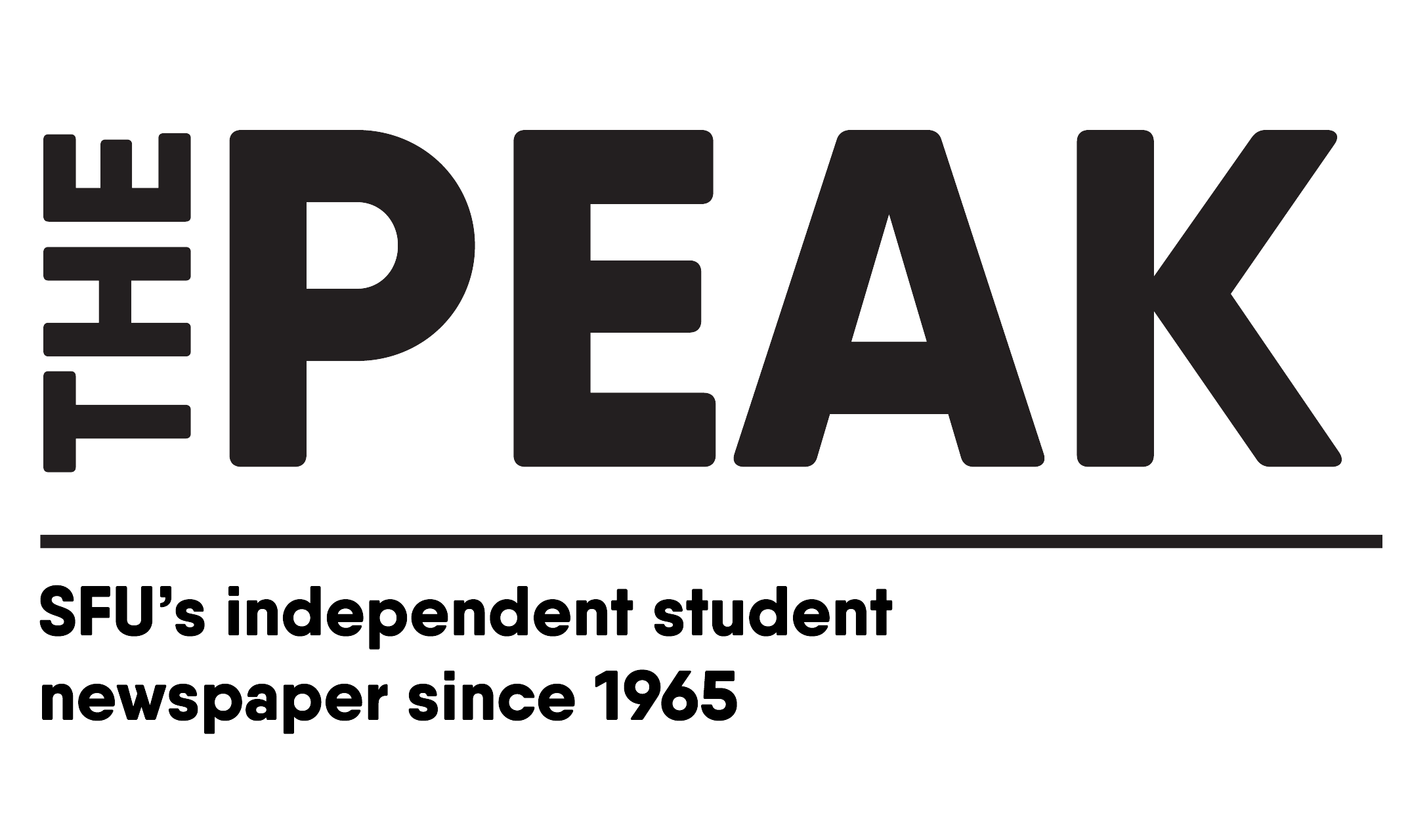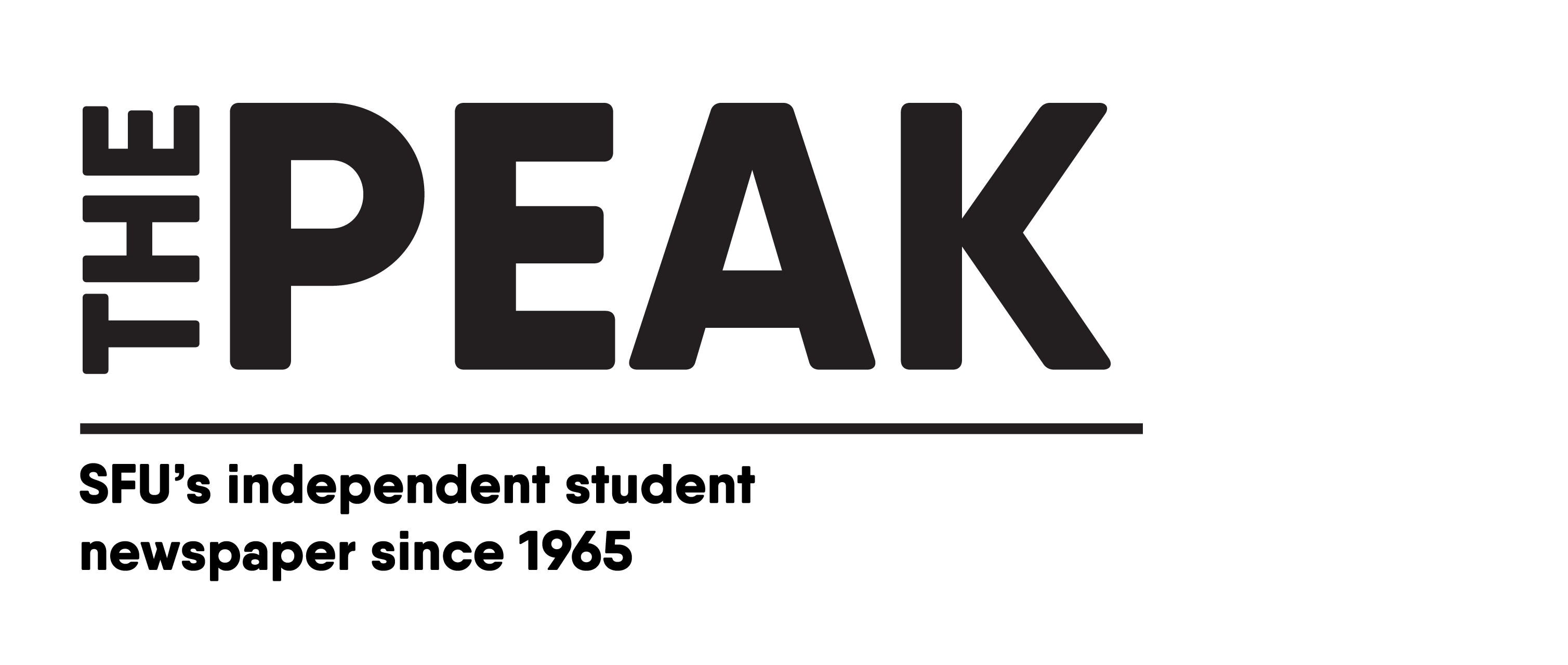By: Zainab Salam, Staff Writer
A decade ago, at a seminar for newcomer youth in downtown Vancouver, an Indigenous speaker shared a powerful observation that stuck with me. He asked us to think about the shape of rooms in buildings, whether it be a hall, a bedroom, or a classroom. He noted how most rooms in buildings are angular, with sharp corners and straight lines. At the time, I hadn’t ever wondered about such a matter. Rooms were just rooms, some rectangular, others square. They were simply places to exist in and to move through.
The speaker went on to explain that Indigenous spaces are often designed to be circular, open, and relational. This helps foster dialogue and community. In contrast, the rigid, closed-off architecture of colonial buildings that dominate our landscapes reflects a worldview rooted in hierarchy and separation. This shows how colonialism is often hidden within the things we take as neutral, and it’s no different with education.
Our current education system is colonial in its design and operation, so much so that we don’t often question what alternatives exist. Eurocentric values prioritize individual achievement, hierarchical authority, and standardized measures of intelligence. Knowledge is treated as a product to be acquired. In curricula, western philosophies are positioned as universal, while Indigenous and non-western ways of knowing are marginalized. Even when diverse perspectives are included, they are often framed as “alternative,” perpetuating the myth that western knowledge is the default.
“Decolonial education is not simply the inclusion of Indigenous knowledge within the existing colonial framework of education. It is a transformative shift in how we understand, share, and experience knowledge.”
One of the core colonial landmarks is the imbalanced power dynamic between educators and students. Going back to the idea of rooms, the physical structure of lecture halls reflects a learning model where educators are positioned as authoritative sources of knowledge, while students are passive recipients. But Indigenous worldviews and ways of knowing call for a reciprocal process; one where students, educators, and communities learn from one another. This means a shift from the hierarchy to reciprocity can transform education from a site of passive consumption to one of active co-creation. Indigenous resources like Dr. Shauneen Pete’s “100 Ways: Indigenizing & Decolonizing Academic Programs” in the aboriginal policy studies journal serve as essential resources for education developers. She suggests “circle formats” and “small table groupings” as approaches that encourage dialogue, and emphasizes instructors not expecting Indigenous students to bring up Indigenous topics. This is an unfair burden, and instructors should prepare to catalyze these discussions.
Active engagement in decolonizing education means developing a decolonial consciousness; an awareness of the ways colonialism continues to shape our world and a commitment to dismantling it. Too often, efforts at decolonizing education are reduced to token gestures — passive land acknowledgments — while the underlying colonial structures of education remain unchanged. True decolonial education should go further and dismantle these structures, like, as Pete writes, “reducing the barriers to working with traditional knowledge keepers and Elders.” As well, rather than only having a set Indigenous curricula, professors should “be flexible enough to take up emerging local Indigenous issues as they arise.”
The Sylix Nation of the Okanagan Valley view place-based education as an act of resistance and resurgence, where learning emerges from land, culture, and community. These approaches disrupt the hierarchical and compartmentalized norms of settler education; instead, replacing them with modes of knowing that honour interdependence and ancestral knowledge. According to a publication by FemNorthNet, a feminist research project, decolonial pedagogies also require recognizing how colonialism intersects with race, gender, and power within educational spaces. This means true transformation must address structural inequities and systemic barriers faced by Indigenous teachers and learners. Decolonial education, therefore, is more than just an academic project; it is a pathway to healing.
The colonial structure of education and its spaces is not an occurrence through happenstance. It is a deliberate legacy of the historical role of universities in promoting settler colonialism. Decolonial education is a call to reimagine learning as a reciprocal process. It is a call to change the way we structure learning. To improve how we learn, what we learn, and where we learn.




